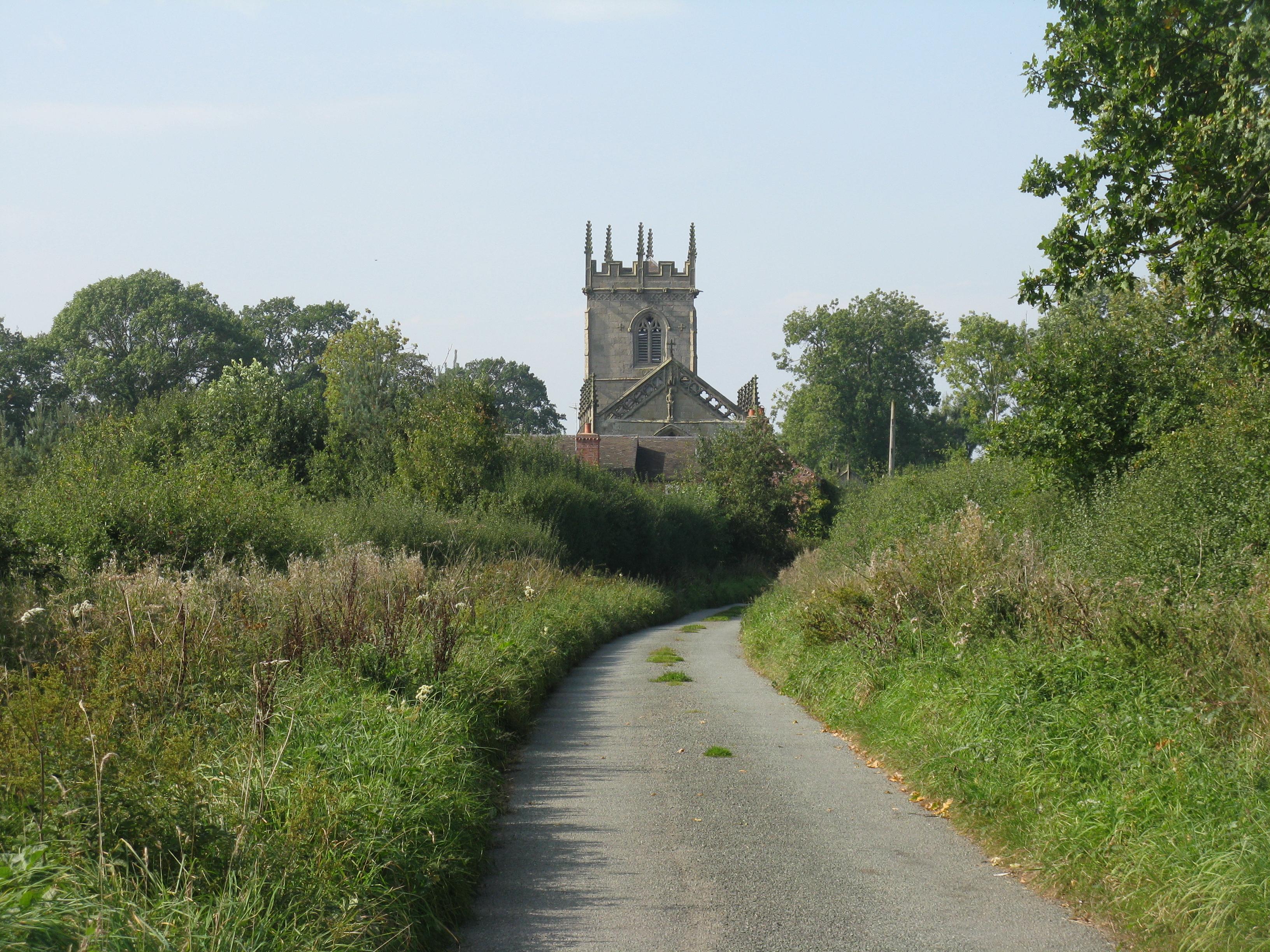Holy Cross Abbey
Shrewsbury, Shropshire
Roger de Montgomery, 1st Earl of Shrewsbury, owned most of Shropshire, and it was he who founded this Benedictine abbey in 1083, he is said to have been buried here when he died in 1094.

A memorial church to a bloody battle.
Battlefield, Shropshire
This large, dignified church stands in open countryside on the site of the ferocious Battle of Shrewsbury, which took place in 1403.
Thousands of soldiers are thought to have died in the fray, and the church remains a quiet, some would say melancholic, memorial to the 1,600 people who were said to have been buried there.
A statue of Henry IV, who defeated Henry Hotspur Percy in the battle, stands on the outside east wall. On the roof beams inside are representations of the shields of the knights who fought with Henry IV. A service is still held each year in July to commemorate the anniversary of the battle.
Much of the church we see today is the result of an extensive restoration in the 1860s, by a distinguished local architect S Pountney Smith, who saved the church from ruin. Though he kept the original shape, tower and walls, the magnificent hammer beam roof, the reredos, and all the fittings and furniture were installed by him. He was also responsible for installing the fine stained glass typical of the 1860s.
Especially memorable is the east window with its wonderful palette of colours. One particular treasure is the Piet, carved in oak, showing the Virgin Mary holding Christ's body. It is a remarkable and moving piece dating from the 15th century and thought to have been brought here from another church.
Shrewsbury, Shropshire
Roger de Montgomery, 1st Earl of Shrewsbury, owned most of Shropshire, and it was he who founded this Benedictine abbey in 1083, he is said to have been buried here when he died in 1094.
Shrewsbury, Shropshire
St Mary’s is as good an introduction to the development of Gothic architecture through the ages as you are likely to find anywhere.
Shrewsbury, Shropshire